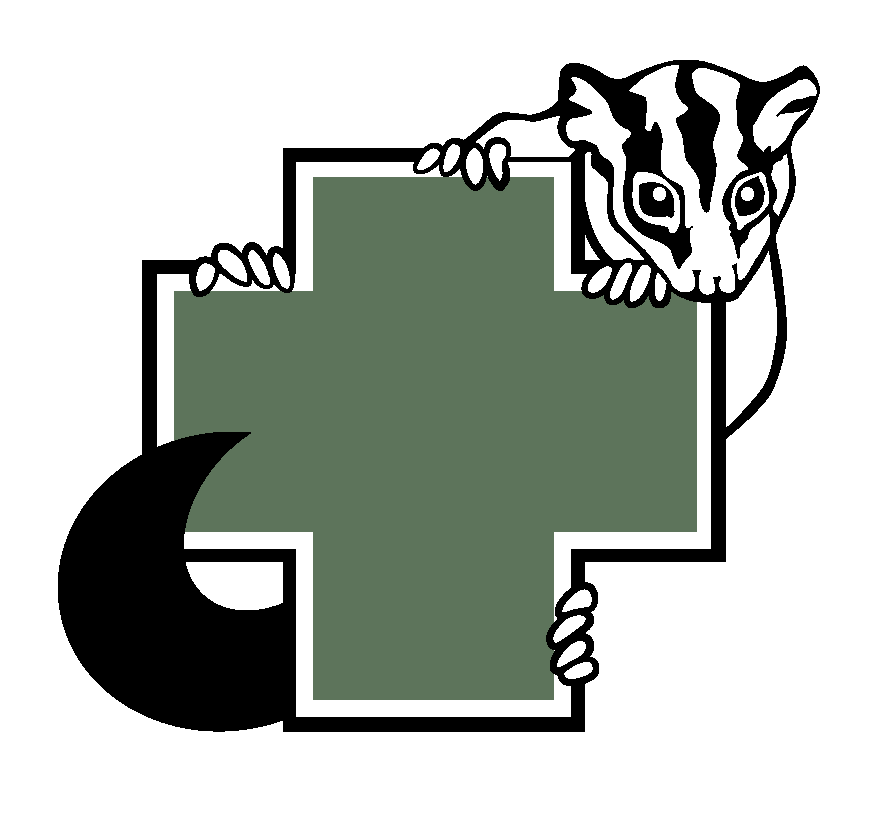This wildlife rescuer in Millfield has turned her home into a wombat hotel
This wildlife rescuer in Millfield has turned her home into a wombat hotel
10 October 2025
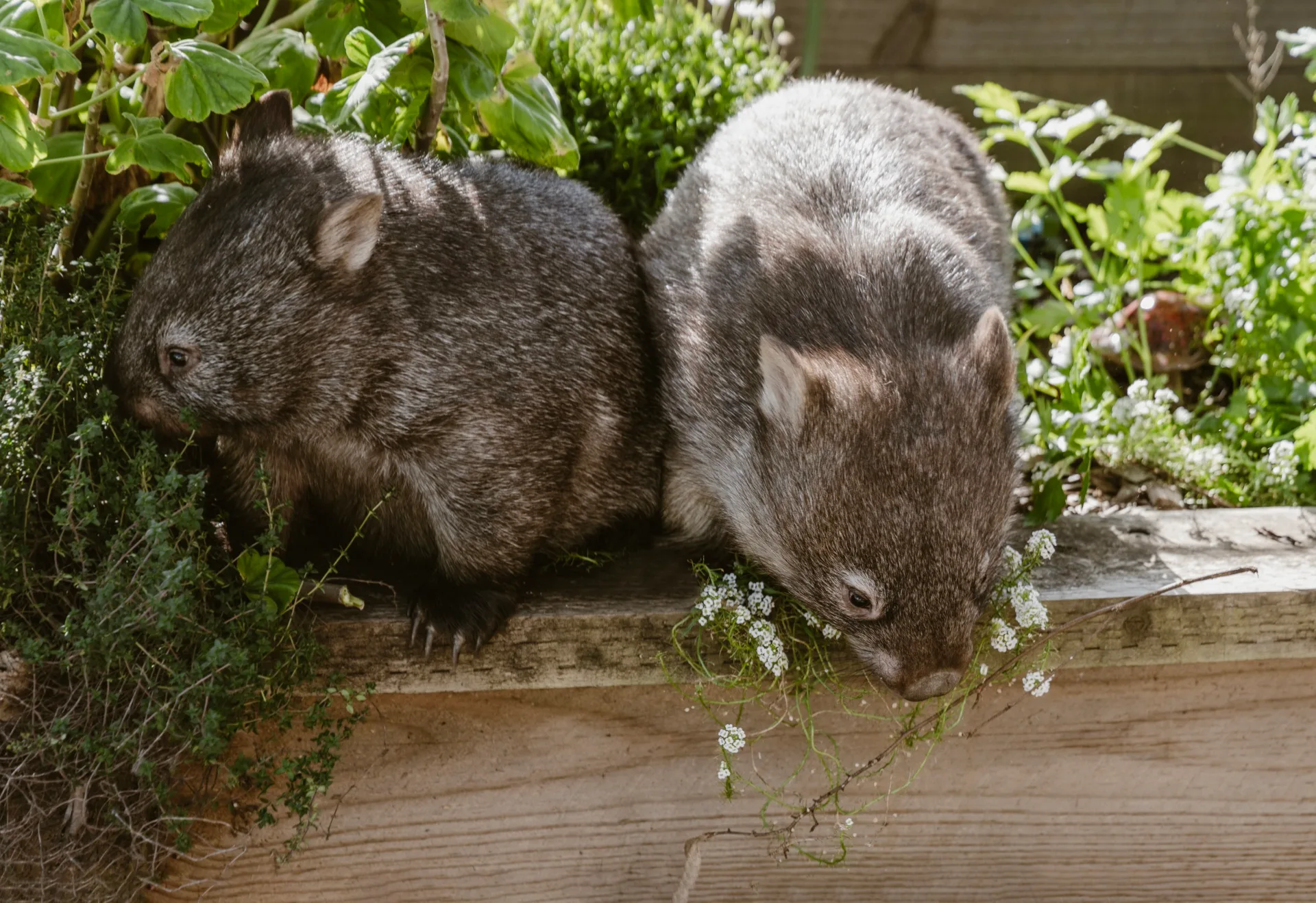
Source: Homes To Love, 9 October 2025
Inside an unassuming house in a quiet street in Millfield, New South Wales, you’ll find one of the Hunter Valley’s vital wildlife rescue operations. Animal carer Judy Hopper has a hot cuppa ready to go on this crisp morning, but, sticking with her priorities, there are some four-legged orphans to be fed first. Holding a bottle filled with special formula milk, Judy says of her first charge, a female wombat joey, “I’ve got her on four-to-five-hourly feeds: 6am, 11:30am, 4pm, then 10pm and 2am.”
Within the four walls of her cosy cottage, Judy has tended to countless animals for more than 25 years, including 300 flying foxes during the Black Summer of 2019-2020, and numerous possums, gliders and microbats. Judy, a senior wildlife rehabilitator with a master’s degree in science who is affiliated with Hunter Wildlife Rescue, has worked in the past with an even wider array of wildlife, ranging from turtles and snakes to echidnas and kangaroos.
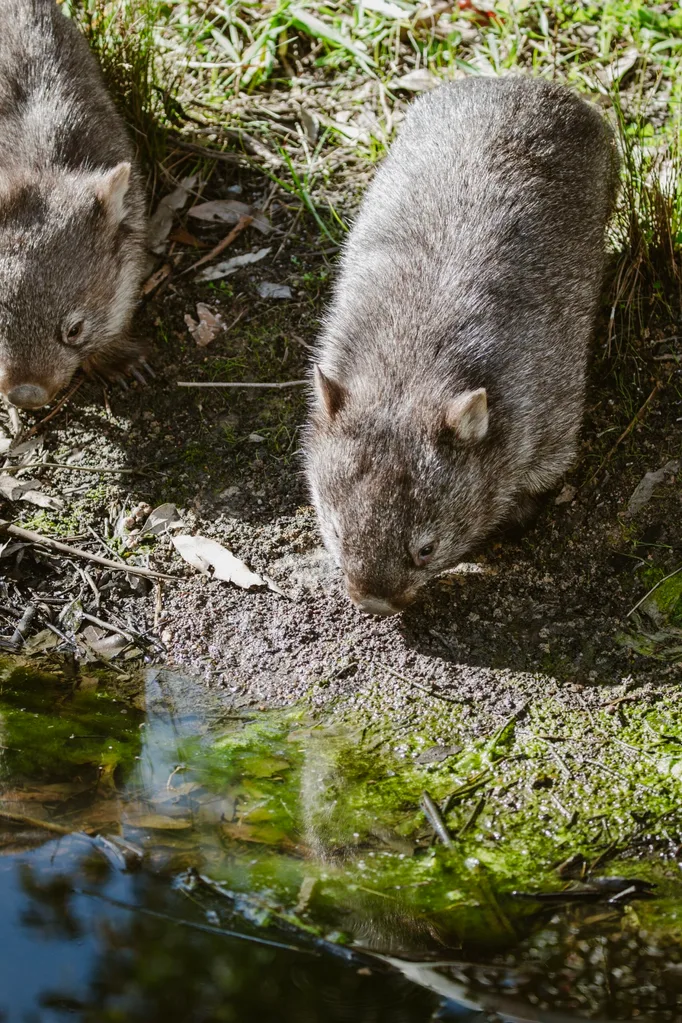
“But these days, I concentrate mostly on wombats and flying foxes, with the occasional wallaby or kangaroo joey that’s delivered to me,” says Judy.
Where did this passion for wildlife come from? “I blame my parents,” says Judy. “We were always at a sanctuary or the zoo, or the animal section of a show, or somewhere with wildlife, so I figured I was going to grow up loving them or hating them.” Luckily for countless creatures in need, the loving side won out. This is especially true for the many wombats that find refuge at her property – all of them the locally prevalent species, the common wombat.
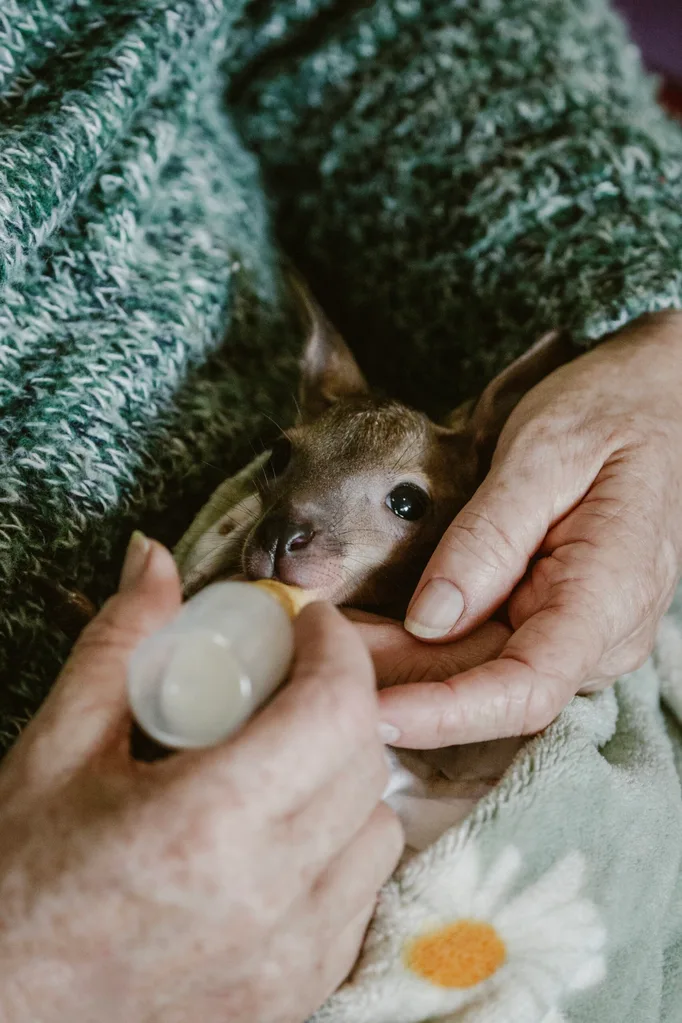
At the moment, half a dozen of these quintessential Australian marsupials live with Judy, ranging from a tiny new arrival to the ones that are almost ready for release. It’s important to note that her charges are not pets; they are protected wildlife that are reintroduced to their natural habitat via a soft-release program.
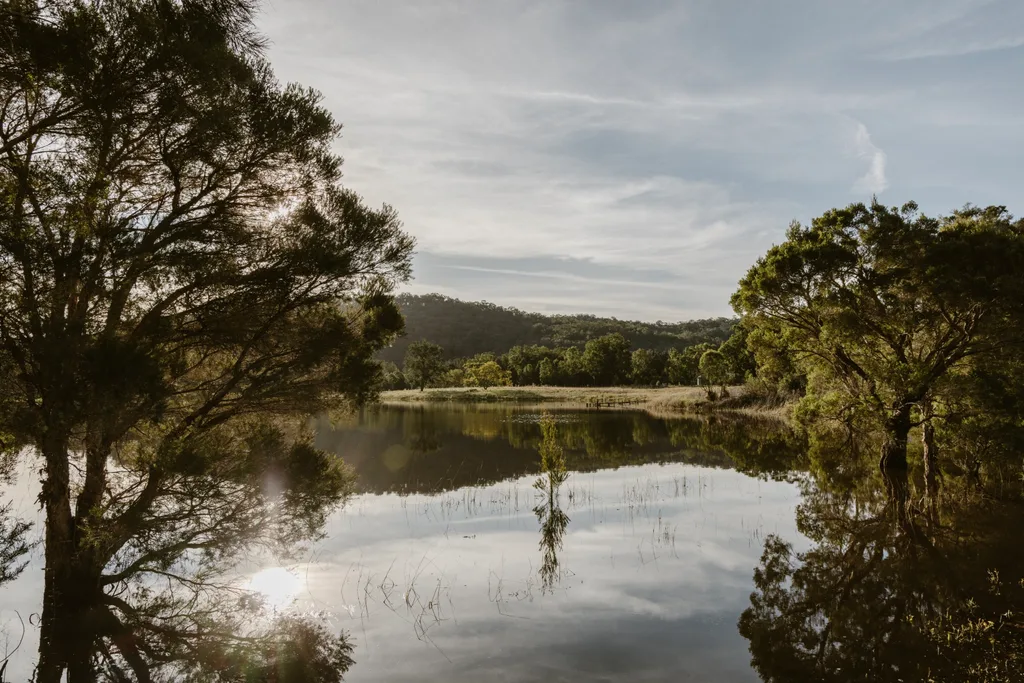
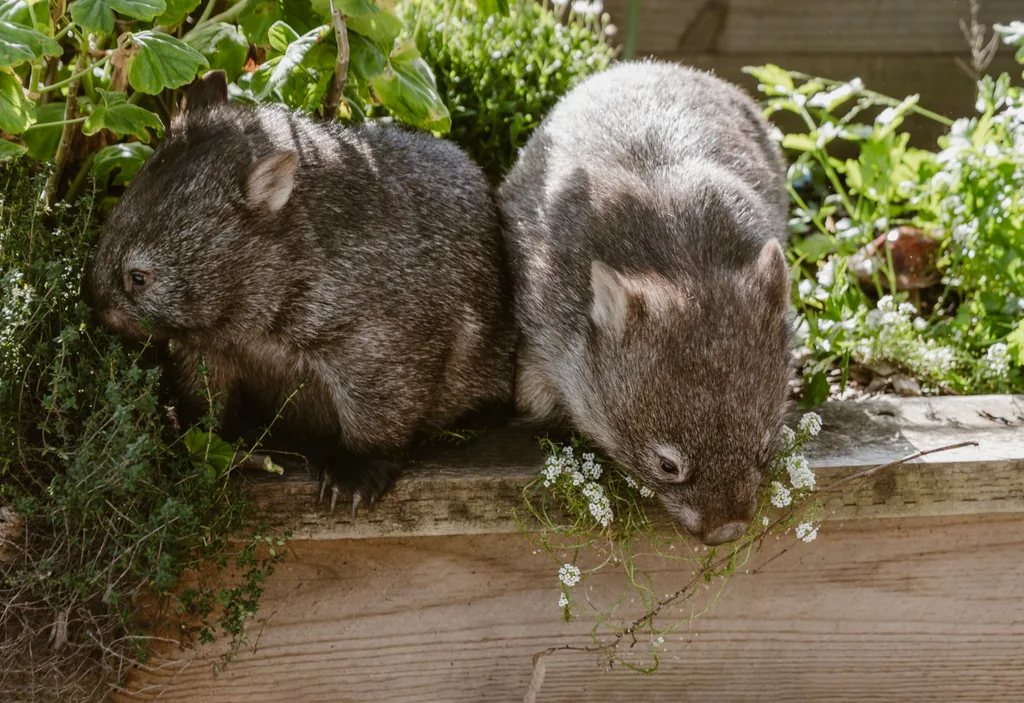
“Most of them come in quite small,” explains Judy. “First, they’re inside a pouch in a crib, graduating to a cot as they start wanting to move around. They start playing when they reach a few kilos, so I move them into the wooden
pens inside the house and then open the cat flap into the small kindy pen outside.”
When they reach about 10 kilograms, the wombats can move into a bigger, more detached area. “You start to see them becoming quite nocturnal and they want to build a burrow, but they’re still on bottles,” Judy adds.
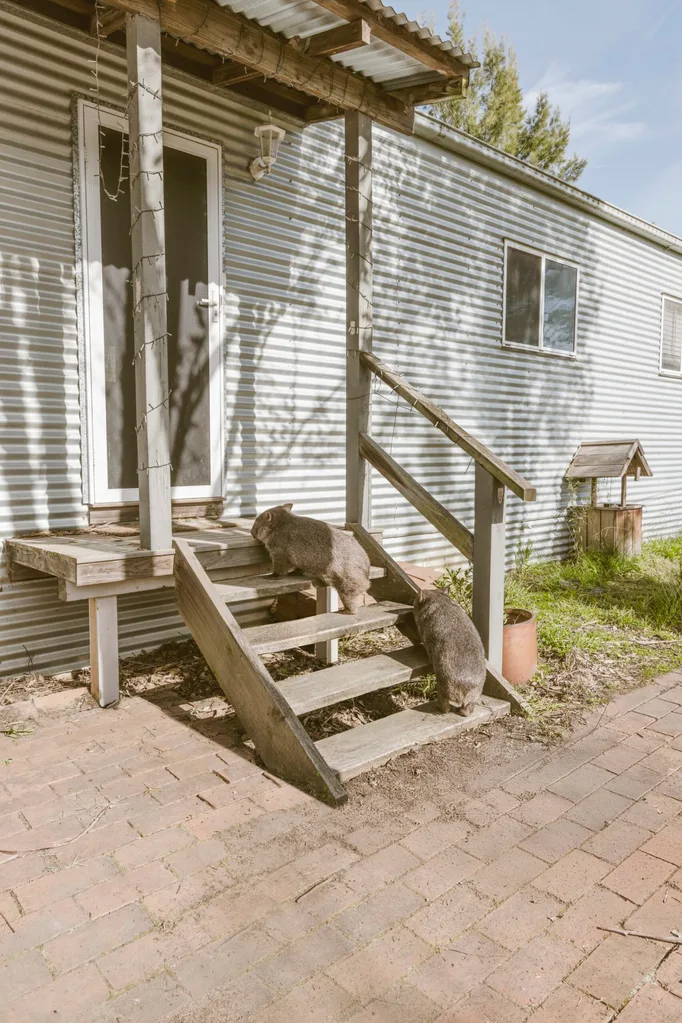
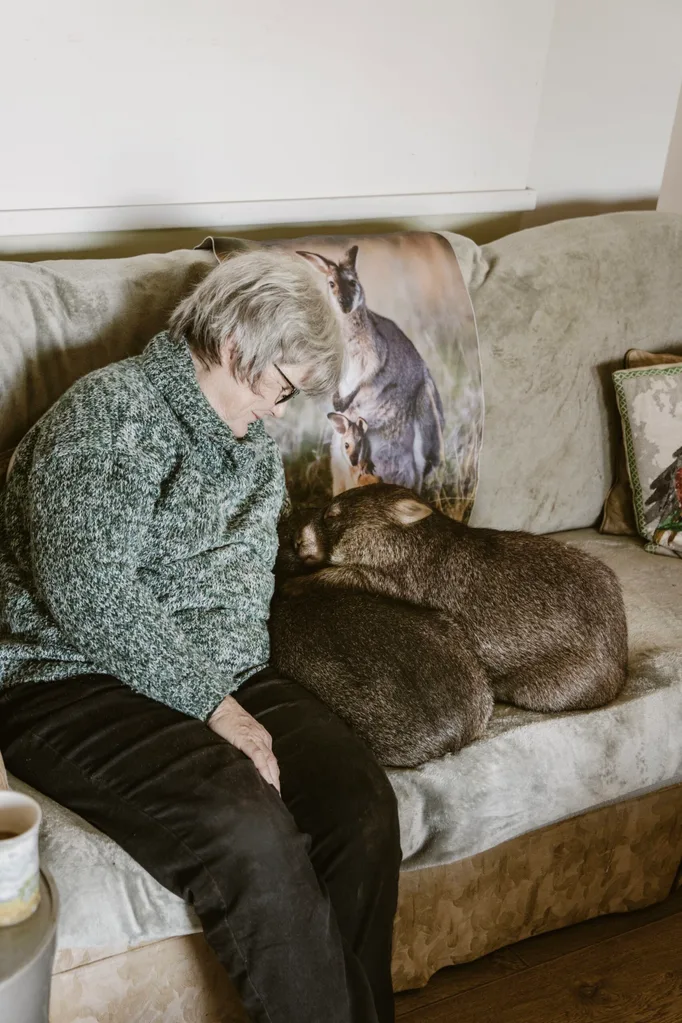
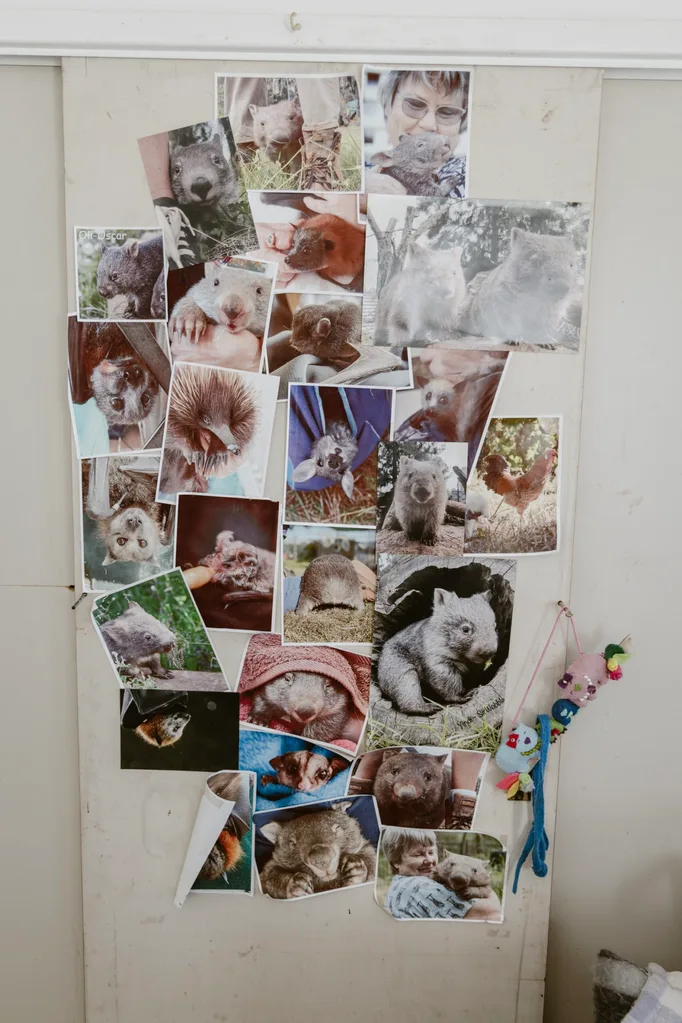
Gili, a 16-month-old female weighing 14 kilos, and Harwin, a 14-month-old male weighing 13 kilos, are two examples of wombats at this stage of development. Gili and Harwin are inseparable and roam the yard playfully under the watchful eyes of Judy and her friend Melle Mathiske, a fellow wildlife rescuer making one of her regular visits to lend a helping hand.
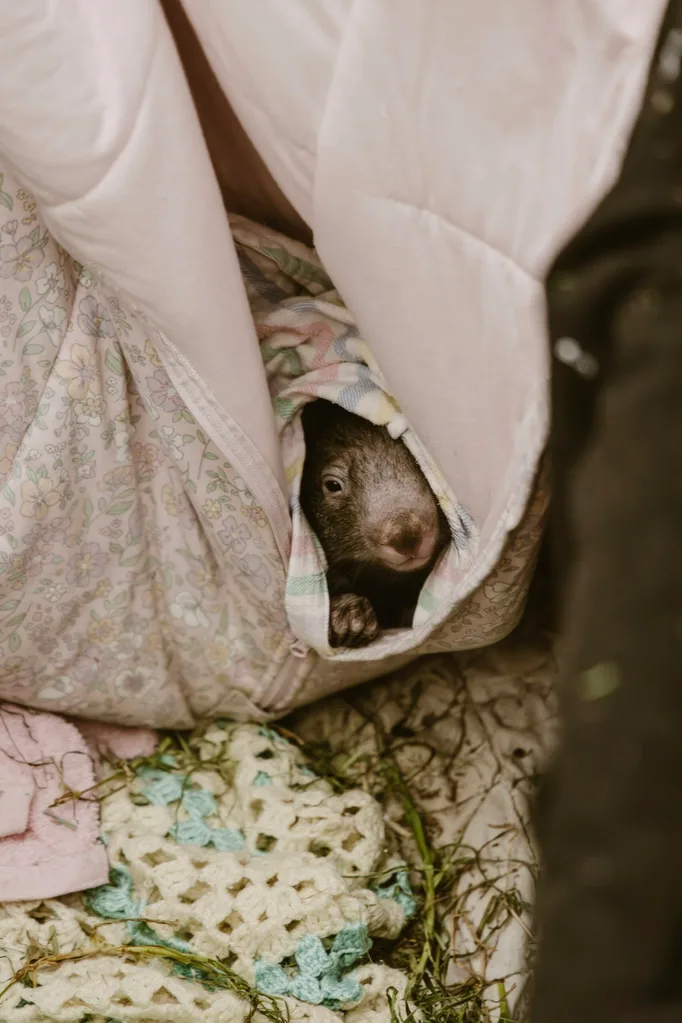
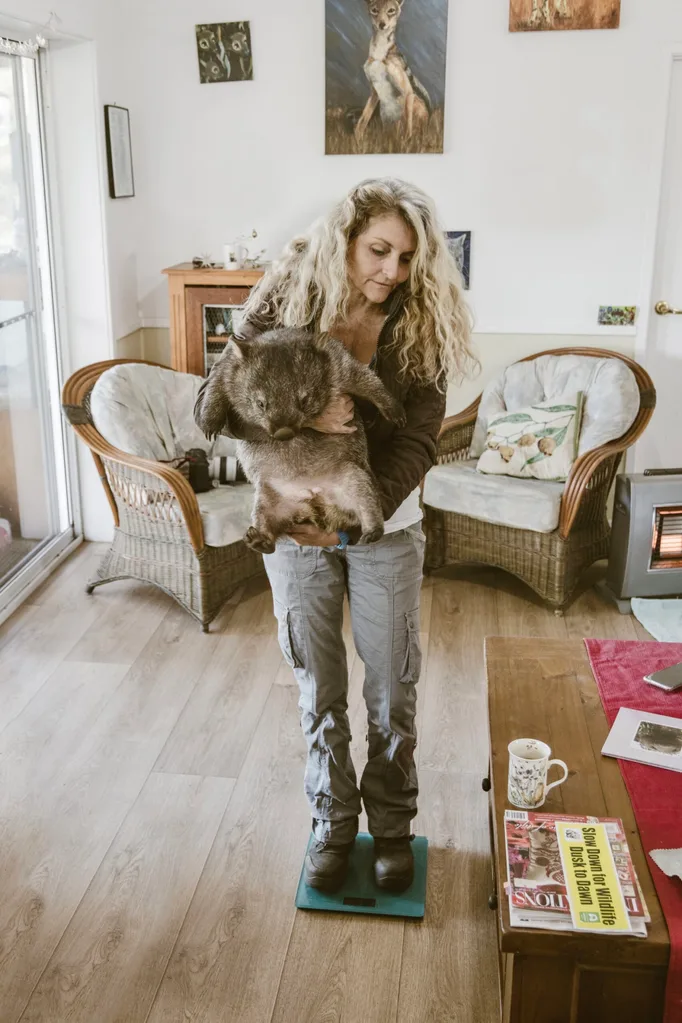
The next step for the adolescent wombats is a soft-release area not far from Judy’s property, where they gradually have less human contact until they reach the ultimate goal – being fully independent animals ready to live in their natural habitat.
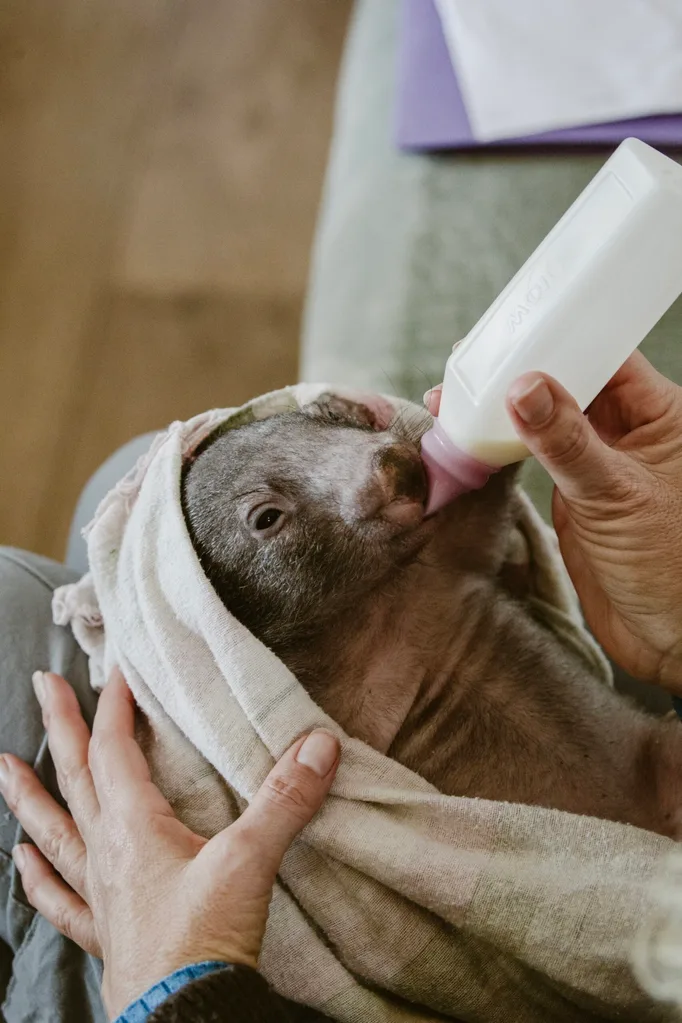
However, this journey doesn’t always unfold precisely as expected. “I got a photograph of Aurora, who was released nearly two years ago, and she turns up in the early hours of the morning every so often, banging on the door because she wants to sit on the couch,” Judy recounts with a laugh.
Judy’s dedication means she’s on call 24/7. It’s not unusual for the phone to ring at two in the morning for a rescue mission and she’s quickly out on the street, rescue kit and torch at the ready, saving another joey from the pouch of a mother fallen victim to the perils of our country roads.
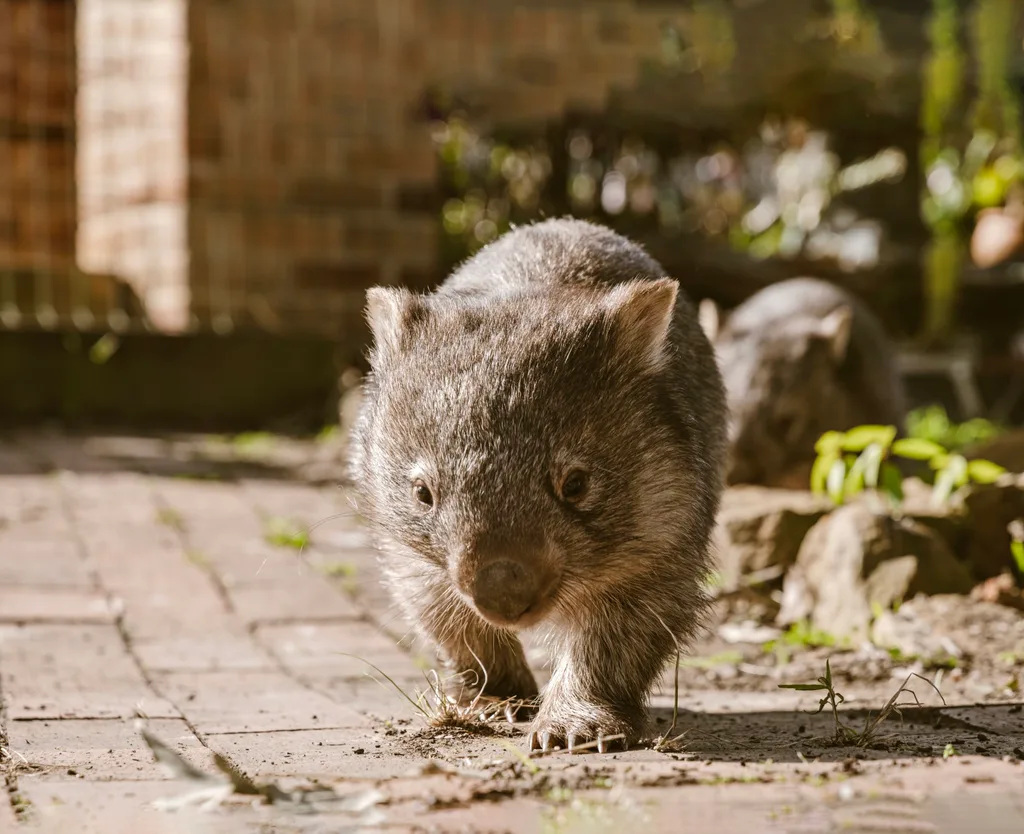
But according to Judy, road accidents are not the main danger for wombats. “The biggest threatening factor for them by far is mange, a disease caused by parasitic mites,” she explains. “Luckily, it’s treatable, but the drugs needed are expensive and hard to administer in the wild.”
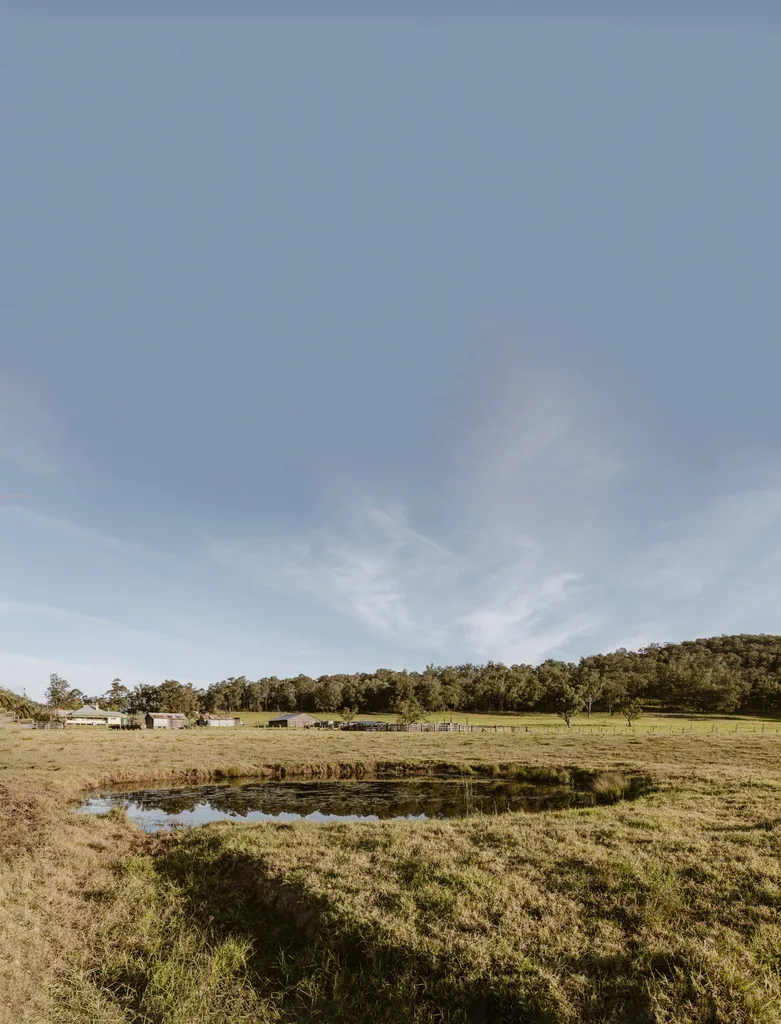
Mange is a terrible disease that can lead to a slow and painful death, often characterised by severe fur loss. However, there is hope, according to Judy, due to the development of a new, improved ‘burrow flap’ at the entrance of a wombat’s burrow. This device delivers a dose of medication onto the wombat’s back as it enters or exits the burrow, providing medication over a period of weeks.
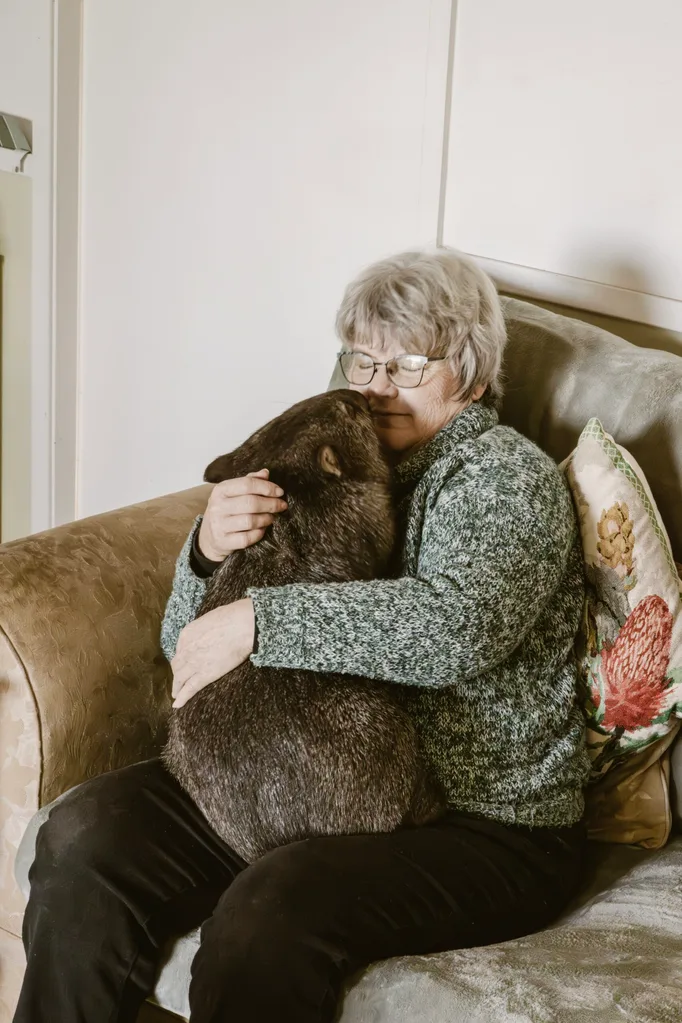
Asked what the general public could do to prevent more little wombat orphans from arriving on her doorstep, Judy has one crucial request: “If you slow down to 70 kilometres per hour at dusk to dawn, it has a huge impact on the death rate of wildlife.”
That’s something we can all definitely get behind.
